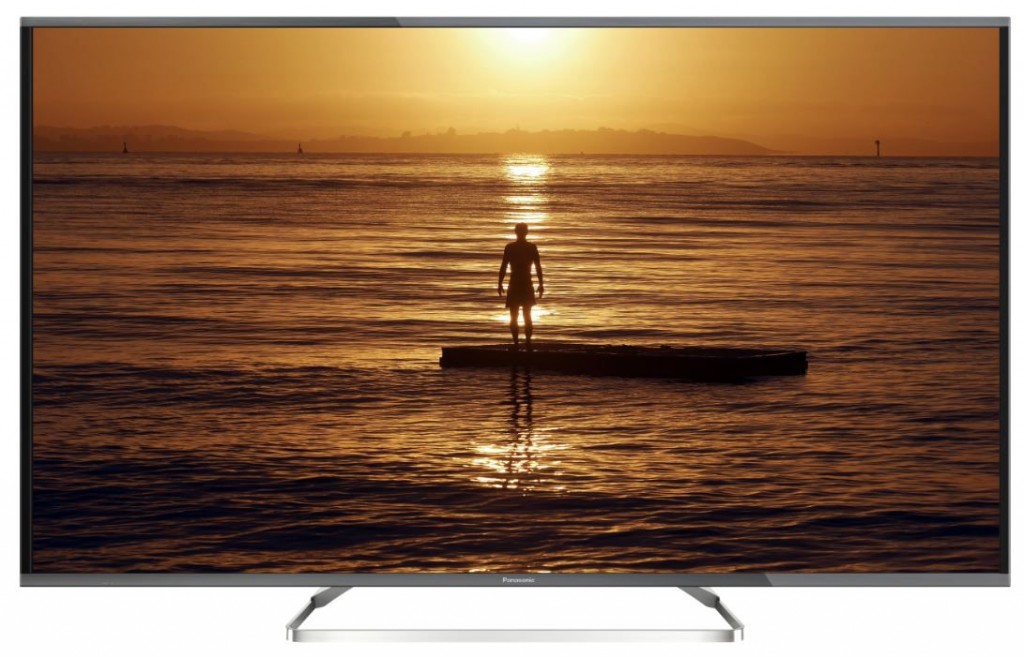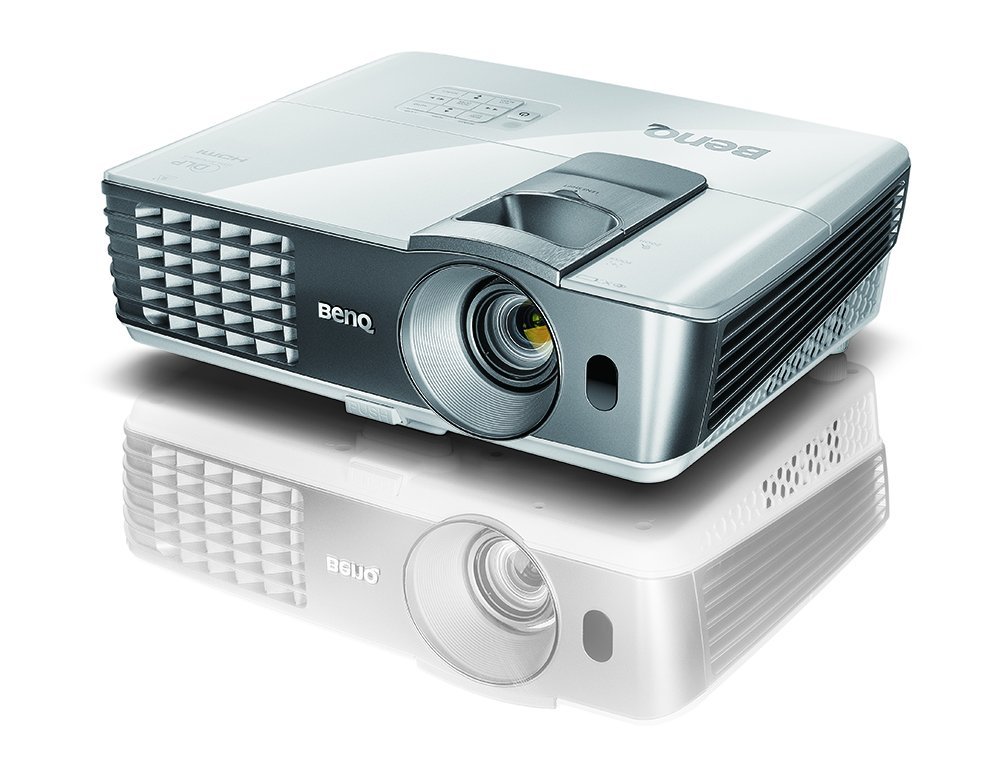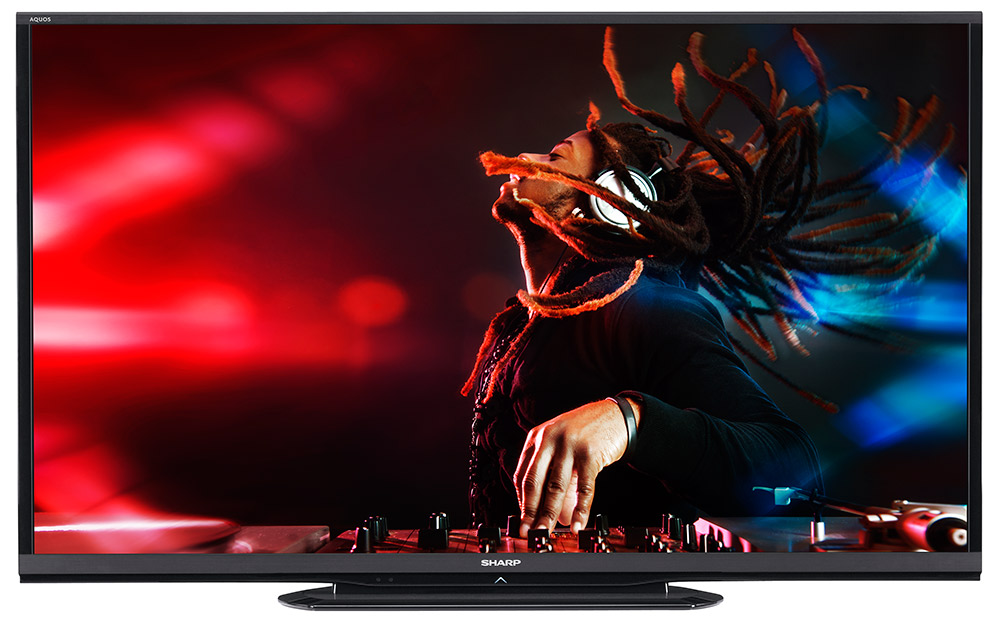Article by Venoth Nair
The Display
The final instalment of the equipment selection, in our journey through the world of home cinema, takes us to the most visually striking segment (literally speaking) of the entire system, the display. A display comes in two general designs, a panel display or a projector.
A panel display can be broken down to a few types. Noteworthy of which are LED, LCD and Plasma (currently being phased out) type panels. As of recently a newer type of panel has emerged and is shaking up the display world, the OLED display. Although these panel are very expensive and are still in their infancy so as a beginner its best to stick to the common designs. The second option for a cinema display would be the projector which is of course the closest you’d get to an actual cinema experience.
But before you go out and get a projector you should firstly determine the kind of use that will be applied to your system. If your system is placed in your living room and is used for general viewing, then it would be practical to opt for a panel TV. These sets are made for prolonged use and aren’t fussy about when and where it is used.
Projectors on the other hand are suited to a dedicated home cinema setup where only movies are watched and not for prolonged periods. Projectors rely on the lamps to put out an image and these lamps have a lifespan and produce a lot of heat limiting its operation time. Projectors are also sensitive to outside disturbances like lighting, forcing the system to be set in a dark room to achieve its best quality. High brightness projectors are available for bright rooms but these fail to deliver the cinematic bliss that it would achieve in a dark room.
To reduce the chances of disturbances while watching a movie, a projector should ideally be mounted on the ceiling, so as to be elevated above walk paths. This will reduce the chances of the image being interrupted by shadows of people or anything moving past the projector. Also do check on the throw distance if you go down a projector path as this could either help or inconvenience you when setting up.
The third factor when using a projector is the additional equipment needed to get a projector based display up and running which can be quite expensive. These include screens, mounting brackets for the unit itself and extra-long run cables to connect the projector to your source or receiver. All these factors must be considered if you choose to invest in a projector.
On the other hand, when it comes to a panel display, it’s easy to be driven to buy the biggest possible screen within your budget range; I mean we all know that bigger is better, isn’t it? Well not really. When selecting a tele, it’s good to take a few points into consideration before deciding on a size and model that you will invest in, the most important being viewing distance.
A TV that’s too large is difficult to watch as it exceeds your field of view, where else if it’s too small, it looses visual impact and details go amiss. There are many guidelines out there to assist in determining the most optimum viewing distance with some manufacturers providing this info as well. So do a little research and compare your findings with the space that you plan to sit your display on to determine the ideal size.
As far as features go, it’s always good to look for units, whether it’s a TV or a projector that has as much features as possible within your budget range. Although you should pay attention to features that maybe more useful based on the setup that you have. For example, if you have a Blu-ray player with internet capabilities, you might want to skip that feature when selecting your display. If you’re planning to go 3D, ensure that your display supports this and that it comes with the necessary eye wear to enjoy the movie. Pick the features based on your complete system and how you plan to use it, to allow for the budget allocated to your display to be maximized.
As always with any piece of equipment in the AV world, make sure you try before you buy. Take a selection of movies which are familiar to you and test them with your prospective shortlisted displays. Find out which one really shines to your liking. Different people have different viewing preferences and it’s important to ensure that what you have invested in is something YOU truly love and not a decision made thanks to someone’s advice.
Article by Venoth Nair



